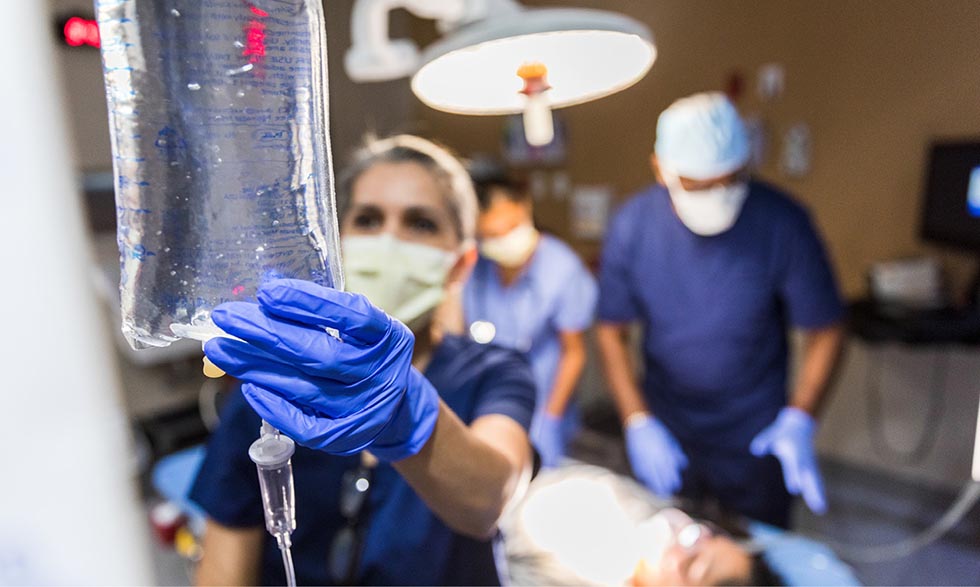
Last updated on June 27th, 2024 at 04:06 pm
Sepsis is the body’s extreme response to an infection. It occurs when an infection you already have triggers a chain reaction that can lower your blood pressure to dangerous levels. This makes it hard for nutrients and oxygen to reach your organs.
Bacterial infections are the most common cause of sepsis, but other types of infections can cause it, too. The infections are often in the lungs, stomach, kidneys, or bladder. It’s possible for sepsis to begin with a small cut that gets infected or with an infection that develops after surgery. Sometimes sepsis can occur in people who didn’t even know they had an infection.
No matter the cause, sepsis is life threatening. Without quick medical treatment, it can lead to tissue damage, organ failure, or death.
What are symptoms of sepsis?
- Rapid breathing and heart rate
- Shortness of breath
- Confusion or disorientation
- Extreme pain or discomfort
- Fever, shivering, or feeling very cold
- Clammy or sweaty skin
Who is at risk for sepsis?
Anyone with an infection could get sepsis. But people who are more likely to develop it include:
- Adults aged 65 or older
- People with chronic conditions (such as diabetes, lung disease, cancer, and kidney disease)
- People with weakened immune systems
- Pregnant people
- Children under 1 year old
People who have had sepsis before are also at higher risk of getting it again. If you have an infection that’s not improving or getting worse, seek medical care immediately.
How is sepsis diagnosed and treated?
A health care provider can diagnose sepsis by asking you about your current symptoms and medical history. They may check your temperature, blood pressure, heart rate, and breathing. They may also order lab tests or imaging tests such as an X-ray or a CT scan to check for signs of infection or organ damage.
If you have sepsis, your health care provider will prescribe treatments that may include:
- Antibiotics
- Oxygen and intravenous (IV) fluids
- Treating the source of the infection
- Medicines to increase your blood pressure

Bacterial infections are the most common cause of sepsis.
What is it like to recover from sepsis?
The hospital or your health care provider will start a rehabilitation plan to help you recover from sepsis. The goal of this is to get you as close to your previous level of health as possible.
While you’re recovering, you may have physical symptoms such as feeling tired, body aches, and feeling out of breath. It’s also common to feel depressed, anxious, or confused. Tell your health care provider about any symptoms or feelings you have during recovery.
Expect this to go slowly—you’ve been seriously ill! And don’t forget to rest when you need as you rebuild your strength.
How can you prevent sepsis?
To avoid sepsis, it’s important to prevent getting an infection.
- Take care of any chronic health conditions you may have.
- Get vaccines recommended by your health care provider.
- Maintain good hygiene by doing things such as washing your hands and sanitizing high-touch surfaces.
- Clean and cover your wounds until they heal.
